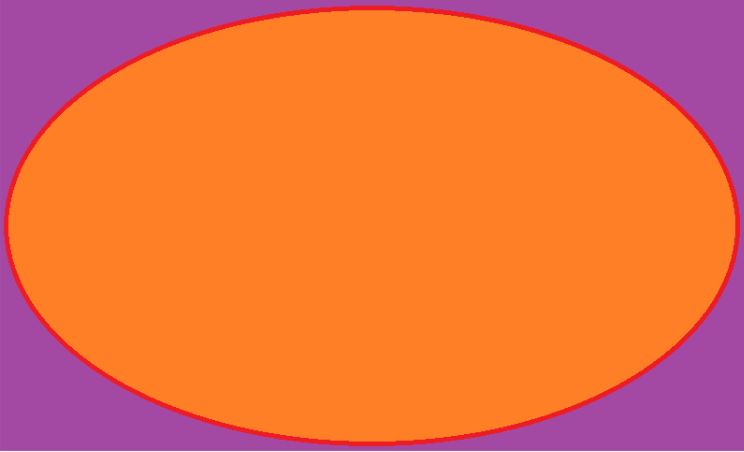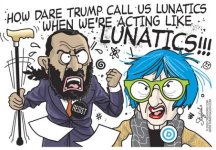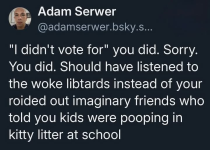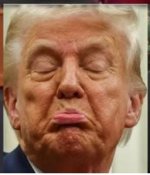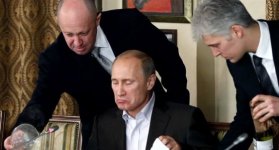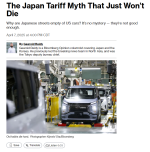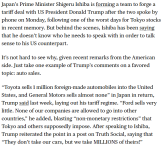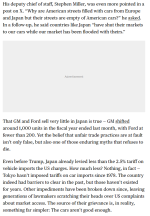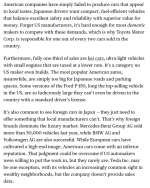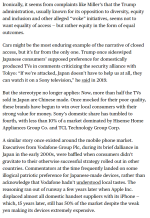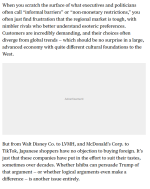oSdentorspcamu707lt2f37718l0526mia9acm6g08gmlh5l3m82f8hli906 ·
https://www.facebook.com/#
BREAKING: Comedian Jon Stewart launches a brutal takedown of Donald Trump's disastrous tariffs and explains them in a way that even MAGA supporters can understand, calling them a "rat poison colonoscopy."
And he was just getting warmed up. This is a rant for the history books...
"Our economy is in the midst of a beautiful metamorphosis, turning from a simple caterpillar into a dead caterpillar," Stewart said, kicking off his monologue on The Daily Show.
"So let's get into it with another exciting installment of Trade Wars!"
"Now, you might remember when Donald Trump was reelected Wall Street was thrilled!" he continued. "Excited about deregulation, tax cuts, and the fact that you could once again call people sugartits."
Stewart mocked a top Wall Street banker for reportedly being thrilled about Trump's win because it supposedly meant that he could say "pussy" and "retard" again.
"Hmm... The R-word and the P-word?" said Stewart. "Well, I can tell you today that that top banker is definitely using both of those words, perhaps even adding motherf*cker, right now."
"This turmoil could have lasting effects on the global economy, on everyday Americans, and most worryingly, the stock portfolios of members of Congress," he joked.
"Mr. President, now is the time to soothe a worried nation," said Stewart, before rolling a news clip about Trump's post on Truth Social that Americans should not be "Panicans" which is a "new party" based on "Weak and Stupid people."
"Panican!?" said Stewart. "The genius that gave us 'Sleepy Joe' and 'Crooked Hillary' just shit out 'you're a panican'? How about 'Hystericrats,' 'Repussicans.' How about 'Cryingtologists.'"
"Did the overseas factory you had been sourcing your nicknames from get shut down during the tariff war?" asked Stewart.
"So we're going to try this again Mr. President, can you ease the fears of this nation like a true leader?" said Stewart, cutting to coverage of Trump's post that "ONLY THE WEAK WILL FAIL!"
"What are you doing?" said Stewart. "Your economic policy has the same tagline as season three of Squid Game!!? That's supposed to make us feel better?"
"Only the weak shall die in my economy!" said Stewart, affecting a villainous voice.
"And by the way in case you didn't get the point that he doesn't give a f*ck, he spent the weekend showing not telling. He played — not a round of golf this weekend — a tournament of golf, a three day tournament of golf," said Stewart. "Eight hundred and twelve holes of golf with his LIV Golf Saudi benefactors."
"And in case you're wondering about the venerated journalists who are now allowed to be in the press pool, this was literally the first question he was asked on Air Force One in the middle of a financial meltdown.." said Stewart.
He then cut to a clip of a reporter asking Trump about the golf tournament and Trump bragging about winning. The audience in Stewart's studio audibly booed.
"You heard I won? You heard I won? I won," Stewart said, mocking Trump. "You heard I won. I won! Mom, mom! I won. Mom! I won the tournament mom! I'm a good boy. Good boy, good golf."
"I know the stock market is not the totality of the economy but if I remember correctly in the run-up to the election, Trump seemed very concerned about the stock market," Stewart said, running a clip of Trump warning that Kamala Harris would crash the economy.
"And anything she can do I can do better!" said Stewart, impersonating Trump again. "I can do it on my own. I won mom! Hey mom! Hey mom look! Hey mom look, no economy!
Please love me."
"And it didn't have to happen like this. Trump had so many options to shape the world economy into the one he thought was fairer," said Stewart. "He could have proposed some incentives to bring back manufacturing. He could have gone sector to sector, nation to nation, negotiating better trade reciprocal agreements."
"But he had to go the full Teresa," said Stewart, running a clip of Teresa Giudice from The Real Housewives of New Jersey flipping a table and freaking out.
"Now to be fair, to be fair, to be fair to the Trump administration, they did give it almost two months and no effort before they asked ChatGPT what it thought they should do," continued Stewart.
"But for those of who have been tricked into believing that an economic crisis is a crisis, Trump's people have an answer," he said, before running clips of MAGA figures urging Americans not to panic or worry.
"When did the right become sho chill?" asked Stewart. "Aren't you the Bud Light's turning my kids trans folks? But economic meltdown and you're getting all philosophical?"
He then ran a clip of MAGA influencer Benny Johnson claiming that losing money "builds character" and "costs you nothing."
"Except money," said Stewart. "Losing money costs you money. It's the definition of losing money. And I know you go 'It's going to be worth it to get the character of the country that we want back again' but we have no f*cking idea if that's actually what's going to happen."
"You're all acting like the tariff regime is a tried and true remedy," he went on. "'Oh of course, this is the medicine that's always prescribed!' Except the last time it was tried a hundred years ago we had a Great Depression. So how does this work?"
Stewart went on to mock conservatives who are comparing the tariffs to a medical procedure or administering rat poisoning—
"So everyone relax. This is merely a routine rat poison colonoscopy," said Stewart. "By the way, what's the right dosage of rat poison? Oh if you get enough it, oh your headache will be gone."
"By the way if Trump wants us to stay the course with his radical plan, you might want to think of a strategy that inspires our confidence that you all know what you're doing," Stewart added.
The comedian went on to shred the Trump administration for sending out contradictory messaging about the tariffs, claiming that they're not a negotiation tactic and then claiming that they are, then stating that they're permanent but also temporary.
He also mocked Trump officials for claiming that jobs will come pouring back into America thanks to these poorly designed and even more poorly communicated tariffs.
"Their best argument so far for any of this is the same one that we got about Tinker Bell being able to fly:
You have to believe!" said Stewart.
Of course, you'd have to be a fool to believe in these tariffs at this point. All that they will accomplish is making the vast majority of Americans poorer while causing the rest of the world to distrust and despise us.
There is simply no arguing anymore. Donald Trump is the worst president in history.
